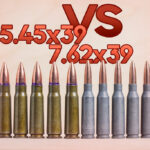
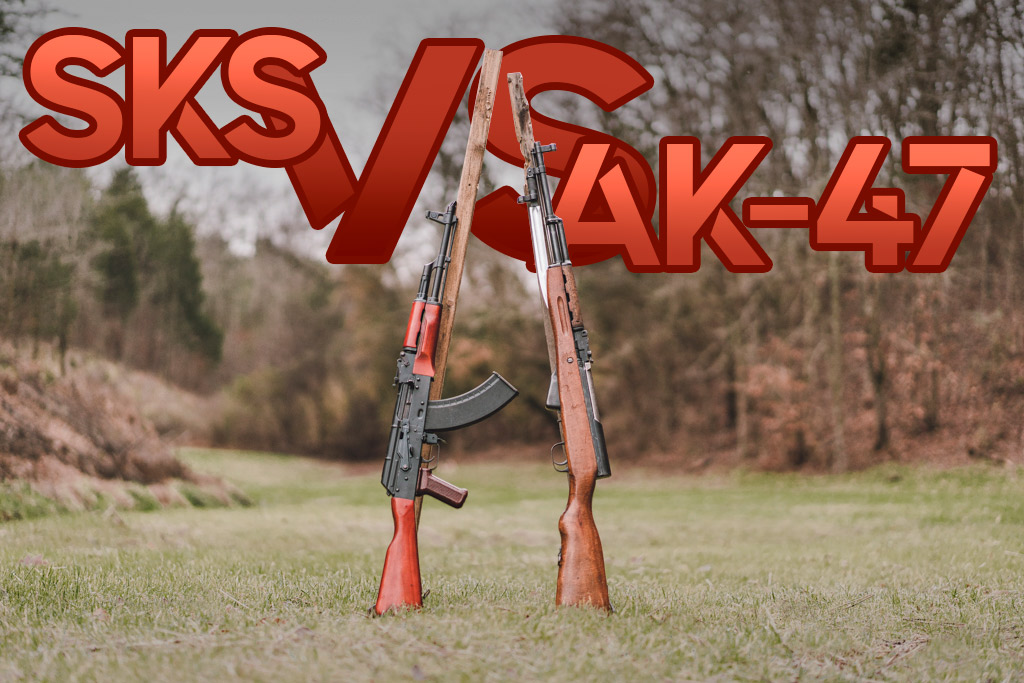
By Guy J. Sagi
Russia convened a technical committee consisting of some of its foremost firearm experts in 1943. This was not long after a costly victory in the Battle of Stalingrad that claimed the lives of nearly half a million Russians. Their mission was to identify or create a cartridge capable of running in carbines, light machine guns, and select-fire rifles while delivering fight-stopping performance.
The ammunition commonality would eliminate some supply chain headaches encountered during the five-month engagement. More importantly, it would allow the Red Army to finally phase out the standard-issue bolt-action Mosin Nagants so painfully outperformed by many Axis small arms.
In late 1943, after conducting tests on various cartridge candidates, the Soviet military officially adopted the 7.62×39 mm and the M43. With Leningrad gripped in what would become a 900-day siege, shifting production when World War II raged in their backyard was not an option. However, work to create the first carbine capable of digesting the bottlenecked ammunition did slowly begin.
Some claim a few early prototypes of what would become the SKS saw combat shortly before VE Day. It would be another four years before the Red Army would field it and the cartridge. The war taught the Soviet military many things. These innovations led to their creation of a modern battle rifle and our discussion of the SKS VS AK-47.
SKS Background
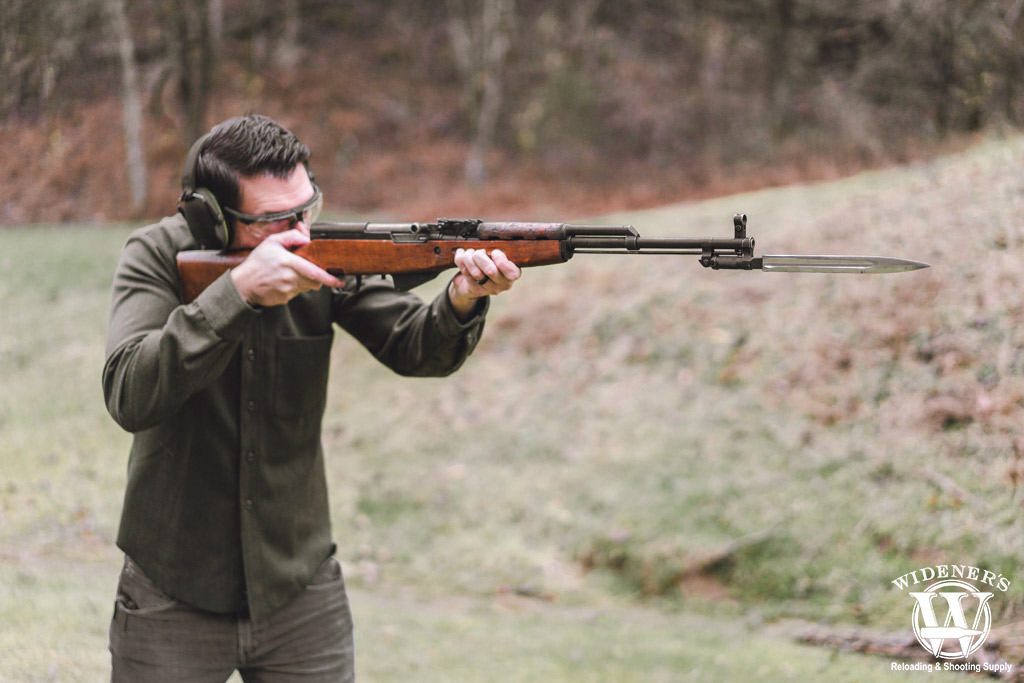
The Simonov-designed SKS rifle went into production in 1945, only to be later rendered obsolete by the AK-47.
The Russian military officially adopted the SKS in 1949. Its name, more accurately, is the Samozaryadny Karabin sistemy Simonova or Self-loading Carbine of Simonov. The semi-auto chambered 7.62×39 mm cartridges and had a 10-round internal box magazine, twice the capacity of the Mosin Nagant. Stripper clips increased the available reloading speed.
Sergei Gavrilovich Simonov, a Russian arms designer, developed the SKS. He also invented a select-fire 7.62x54R chambered AVS-36 in 1936. His previous creation didn’t gain much favor with the military, although his SKS arrived with various features the military found attractive.
SKS Accessories
A cleaning rod hid in the stock’s fore-end and the cleaning kit stowed in the buttstock. Under the gun’s 20-inch barrel was a spring-loaded mechanism that allowed the mounted bayonet to rotate into a fighting position quickly. Pressing a latch forward of the trigger guard enabled the magazine to rotate free from the wood stock for cartridge removal. Sights were an open notch at the rear—with adjustments from 100 to an optimistic 1,000 meters—and a hooded post upfront.
Sights & Stats
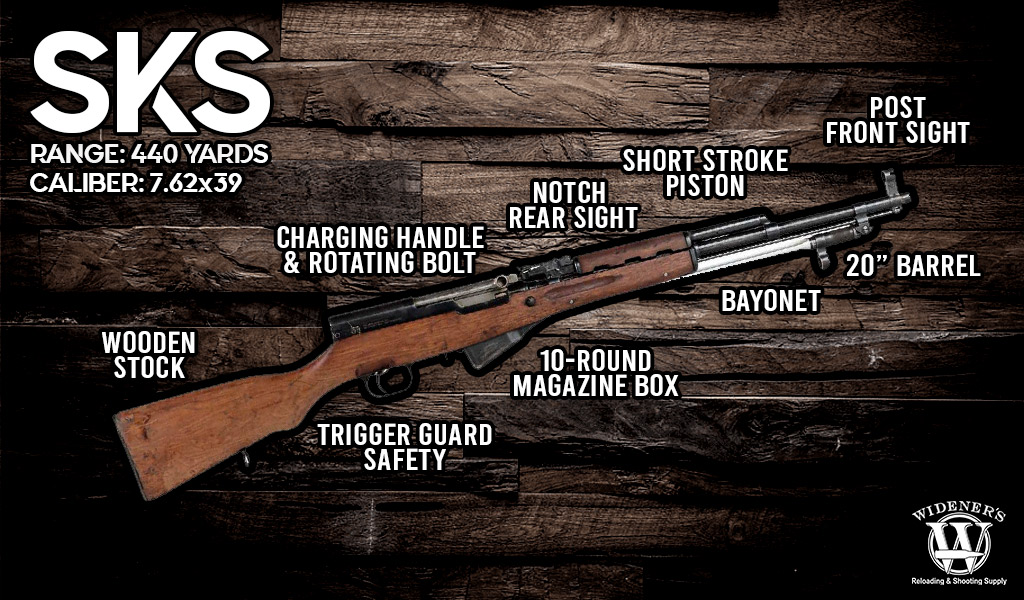
The short-stroke piston of the SKS makes it smooth to operate with less recoil and greater accuracy.
Overall length measured 40 inches, and unloaded, it weighed 8.5 pounds. For comparison, the vast number of Mosin Nagants it was replacing came in at 48.5 inches and 8.8 pounds. The SKS’s fire rate came in at around 35 and 40 rounds, depending on the operator, greatly outpacing the Mosin Nagant, which could also employ stripper clips. The semi-auto, driven by a short-stroke gas piston and rotating bolt, was lightyears ahead of its predecessor, and Russian officials knew it.
History of Service
Russia’s Tula Armory produced SKS carbines until 1955. The nation’s Izhevsk Mechanical Plant made them from 1953 to 1954. During the Cold War, other Communist Bloc countries manufactured their own. Quality varied, although most agree those made by the Soviets are the best performers and most collectible. A variety of configurations exist, including some with detachable box magazines. Albania, Bulgaria, China, East Germany, North Korea, North Vietnam, Romania, and likely other countries have produced their own flavor.
Total production of SKS carbines, including all manufacturers, comes in at roughly 20 million. Surplus versions were once standard at FFLs in the United States, too. Before the so-called Assault Weapons Ban of 1994, it was easy to find a specimen in decent shape for less than $100. Today, you’ll have trouble finding a good one for less than $500, and Russian-made models will set you back significantly more.
The gun performed admirably, was standard issue for various militaries, and is still in use in nasty places today. But the Russian military already had another clever gunmaker working on a replacement.
The Origin Of The AK-47

The Kalashnikov-designed AK-47 rifle went into production in 1947 and remains in service in many countries to this day.
Sgt. Mikhail Kalashnikov was a Russian T-34 tank commander during World War II. Wounded in a 1941 battle, his conversation with a soldier in the hospital bed next to him planted the seeds that would blossom into a firearm design career and global recognition.
According to his recuperating compatriot, the MP 40 submachine guns that Germans carried during their invasion outperformed anything the Russians fielded. Kalashnikov, who had no formal mechanical engineering or gunsmithing training, immediately began formulating concepts for a new gun.
By 1942, he was working on a submachine gun. In 1944 his superiors provided 7.62×39 mm ammo and said if he designed a firearm that ran the cartridges reliably, it would be good for his career.
He did. Later that year, his gas-driven, semi-auto chambered for the cartridge was among the entries in the military’s search for a new standard-issue carbine. His gun used a long-stroke piston and had a fixed magazine.
Simonov’s SKS won, but the loss didn’t deter Kalashnikov. By 1946, Russia was already searching for a replacement, and he was ready. His early prototypes—stamped and milled–receiver versions— passed initial testing. Results placed them well ahead of the competition, but he continued to polish the design.
The Birth Of A Legend

The long-stroke piston of the AK-47 makes it more suitable for full-auto applications.
His innovative pair of AK-47 prototypes were ready later that year, wearing simplified controls and alterations that provided significant production savings. For example, the receiver was a single piece instead of a separate upper and lower.
Kalashnikov made other improvements as well, impressing Russian officials. After rigorous testing in various challenging conditions, the Russian military adopted it as the 7.62 mm Kalashnikov Rifle in 1949. Today we call it the AK-47.
The first models the Red Army fielded were stamped-receiver versions, as were the bulk of those ever made. Milled models started rolling out in 1951, although their production halted in 1957.
The select fires had a 16.3-inch barrel and an overall length of 35 inches. An under-folding-stock variant measured 34.4 inches when fully extended and could compact to 25.4. There was no provision for a bayonet until 1955, when many older guns received a retrofit.
The rate of fire came in at 40 rounds a minute in semi-auto. It could deliver 100 rounds a minute in short bursts on full auto, though. The rear sight was notched and calibrated to connect anywhere from 100 meters to a more-realistic distance of 800. The gun’s post up front was adjustable for elevation, but windage changes required armorer intervention.
With no magazine inserted, the original gun weighed 7.7 pounds. The gas-operated carbine used a long-stroke piston above the barrel and a rotating bolt. Its double-stack, curved magazine had a 30-round capacity. Unlike its predecessor, it dropped from the receiver to allow the insertion of a fully loaded magazine with combat speed and efficiency. The furniture was wood, and a cleaning kit came in the stock.
Years Of Faithful Service
The AK-47 wasn’t officially retired from Russian military service until 1974. That’s when the Red Army officially adopted another Kalashnikov innovation—the AK-74 chambered in 5.45×39 mm.
There’s no shortage of AK-47 variants manufactured throughout history, and they originate from an even longer list of countries than the SKS. U.S. semi-auto versions are even available. The total volume manufactured since its introduction—including all countries of origin—is roughly 75 million. It remains the preferred firearm in many troublesome areas of the globe.
Stateside ownership of AK-47s and their clones continues to soar. Competitions occur throughout the year, special fan gatherings are held, and the volume of aftermarket products makes their popularity obvious. The value of semi-auto import versions, even those that look like Chernobyl rejects, also went up with the so-called Assault Weapons Ban. Fully auto models require a tax stamp, are unicorn-rare, and a second mortgage likely won’t be enough if you want one in prime condition.
SKS VS AK-47: Winner?
The “Battle Royale” in this semi-auto SKS VS AK-47 showdown was tough, but the AK-47 claimed six of the 11 rounds in the bout—two ended in a draw. Here’s the referee’s scorecard.
- Price: SKS
- Accessories Available: AK-47
- U.S.-Made Variants: AK-47
- Volume Made: AK-47
- Downrange Trajectory: SKS (Its muzzle velocity was 2,411 fps vs. the AK-47’s 2,350 fps.)
- Cartridge Capacity: AK-47
- History: AK-47
- Bayonet: SKS
- Looks: Tie
- Rate of Fire: Tie
And finally, a bonus point in the AK-47’s corner for its starring role in the original movie “Red Dawn.” Hoisting an AK over your head at the gun range while screaming “Wolverines” just wouldn’t be the same.
SKS VS AK-47: Which One To Buy?
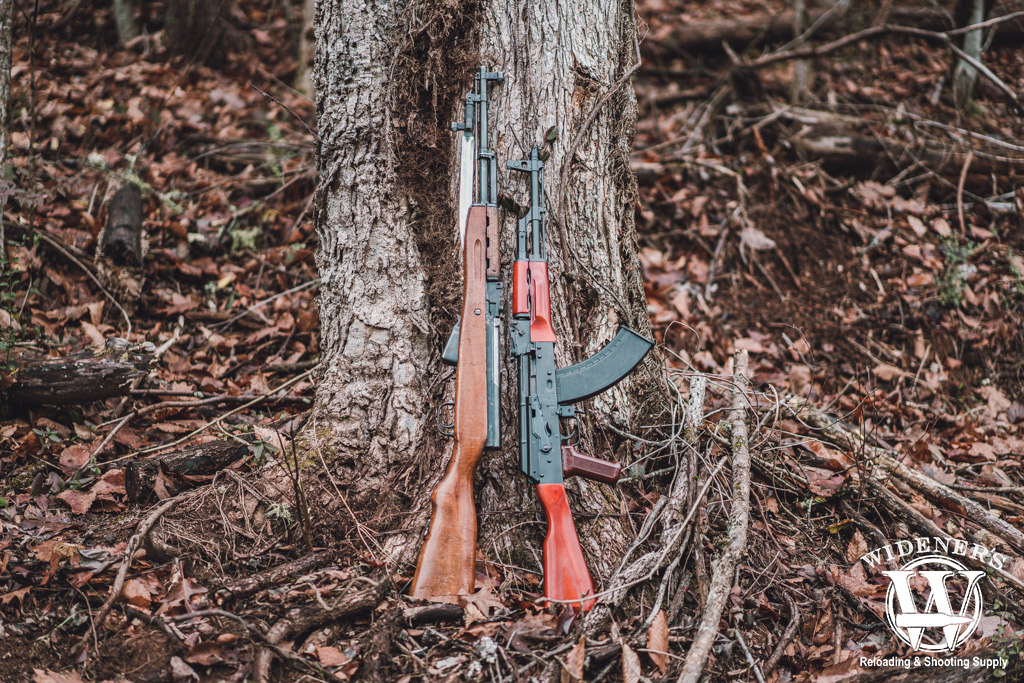
SKS VS AK-47: The SKS remains a popular choice among hunters, while the AK-47 dominates in use for tactical applications.
Select the correct cartridge, and either gun is a solid choice for hunting. If you’re going to stretch the distance to those best suited for magnified optics, however, a variety of aftermarket mounts are available for some standard AK-47s. In addition, many modernized U.S.-manufactured versions ship from the factory wearing a receiver-mounted Picatinny rail. In brush-busting, up-close regions, the SKS will perform just well, but mounting a scope on it is a challenge.
High-volume range sessions are faster and more comfortable behind an AK-47, thanks to its removable magazine and wealth of aftermarket versions available. With it, you’ll likely also find competitions in your area to test your skill. If your firing-line sessions are traditionally leisurely and methodical, you won’t notice the difference when comparing SKS VS AK-47.
Imported AK-47s, regardless of manufacturer, are more valuable today than ever before. SKSs are behind but gaining fast. Keep in mind, around 75 million AK-47s have been produced, while somewhere around 20 million SKS rifles passed through assembly lines. That’s not to say that either rifle is difficult to find, but condition and country of origin do factor into the pricing. Before the next looming political storm organizes, and more enthusiasts discover 7.62×39 mm performance, now may be the best time to buy.



